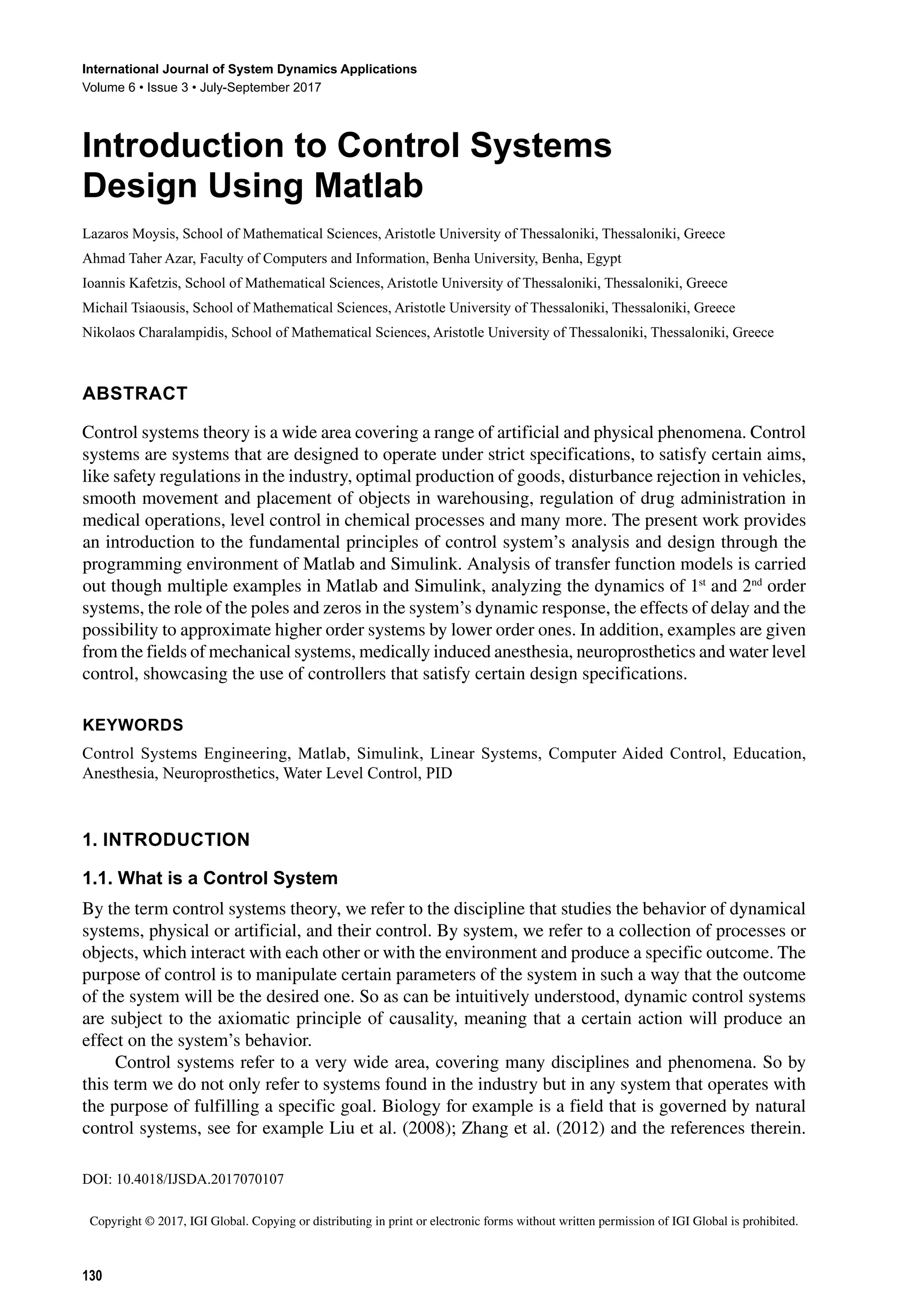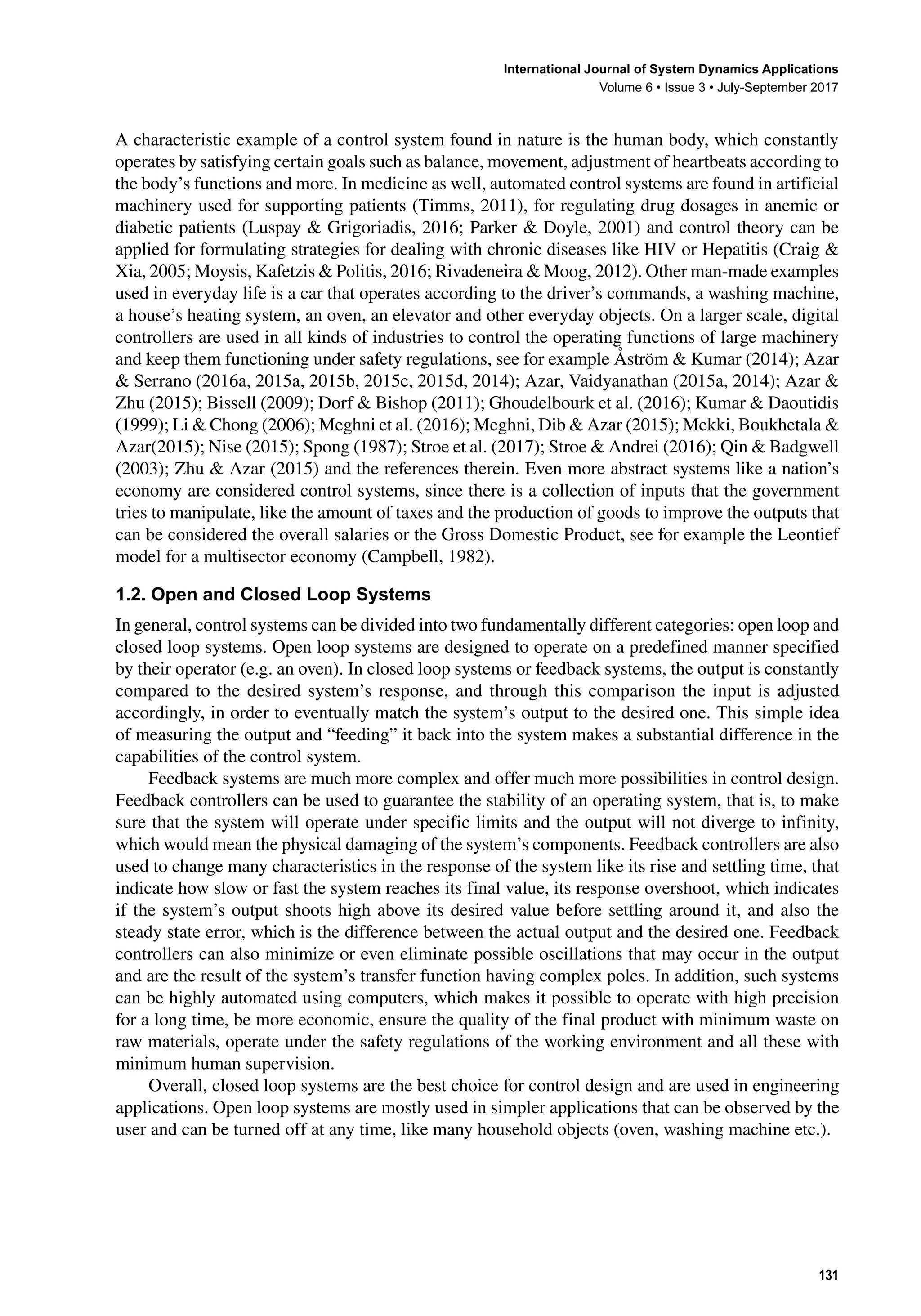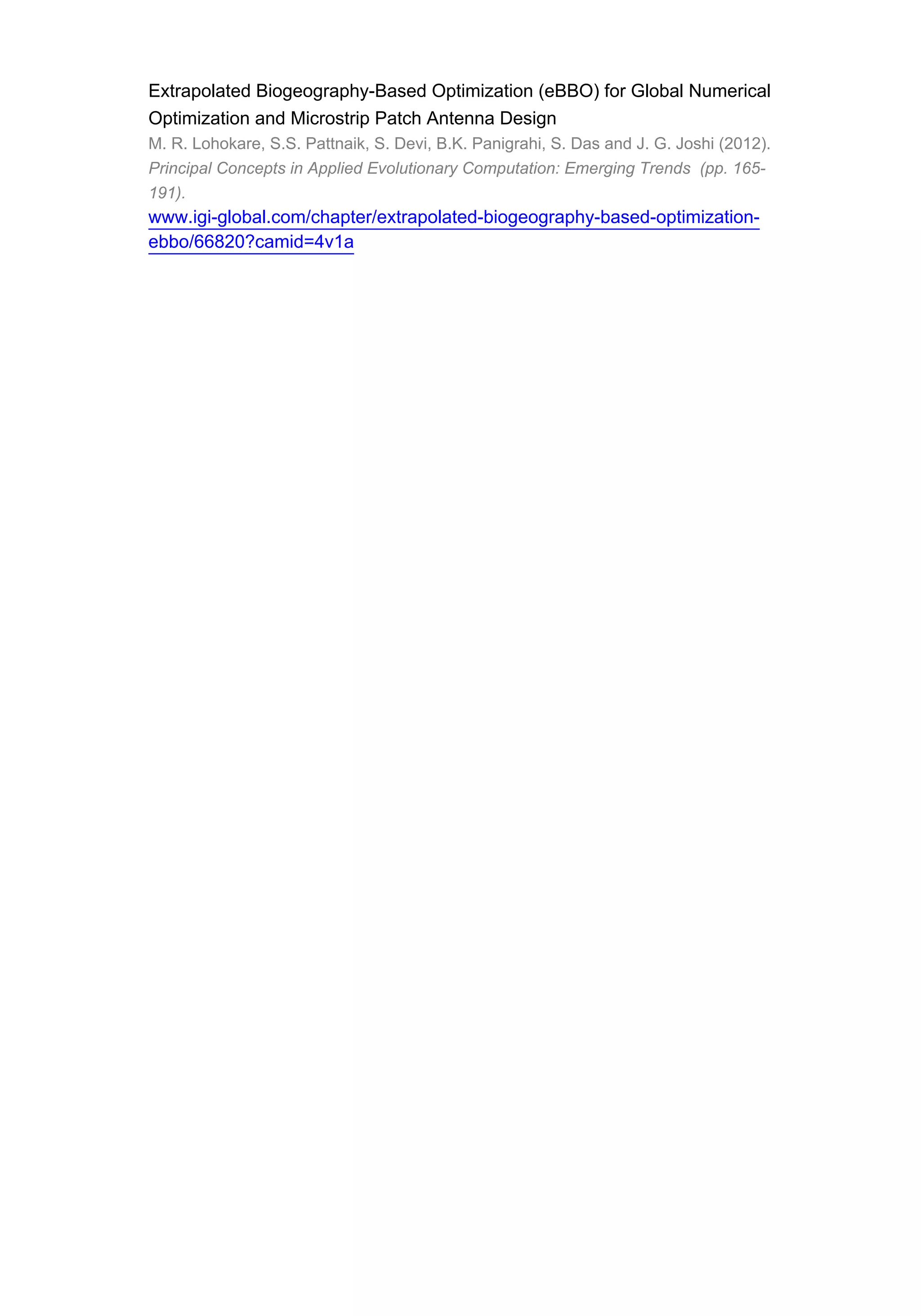This document provides an introduction to control systems design using MATLAB. It discusses open and closed loop control systems, with closed loop feedback systems being better able to guarantee stability, improve response characteristics, and minimize errors. It gives examples of control systems from fields like mechanical systems, medical anesthesia, neuroprosthetics, and water level control. The document is intended to teach fundamental principles of analyzing and designing control systems using MATLAB and Simulink modeling environments.



